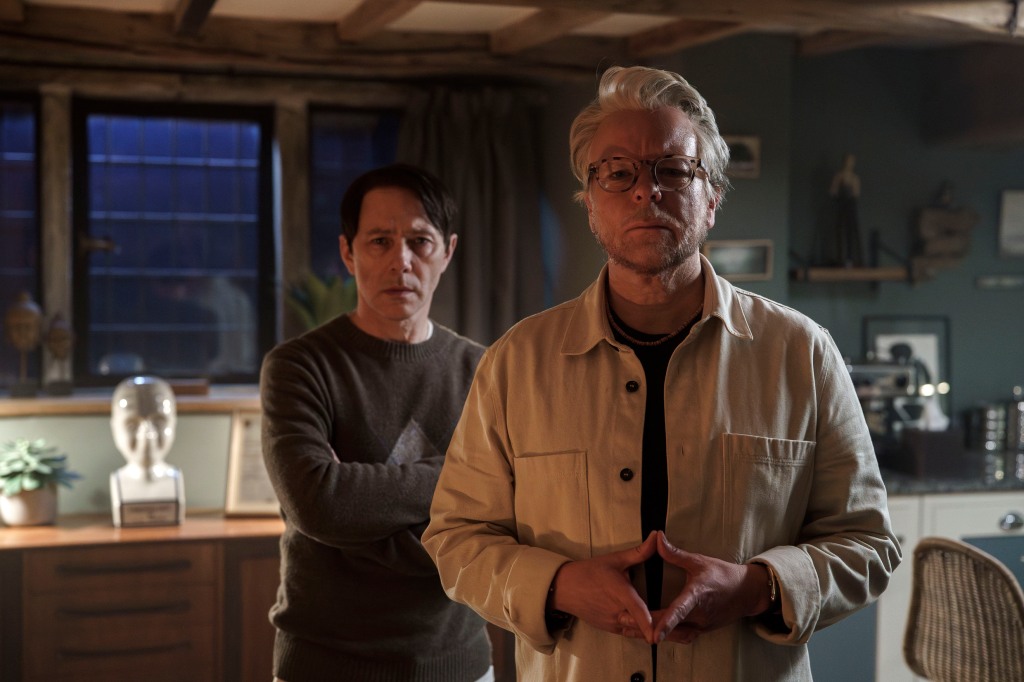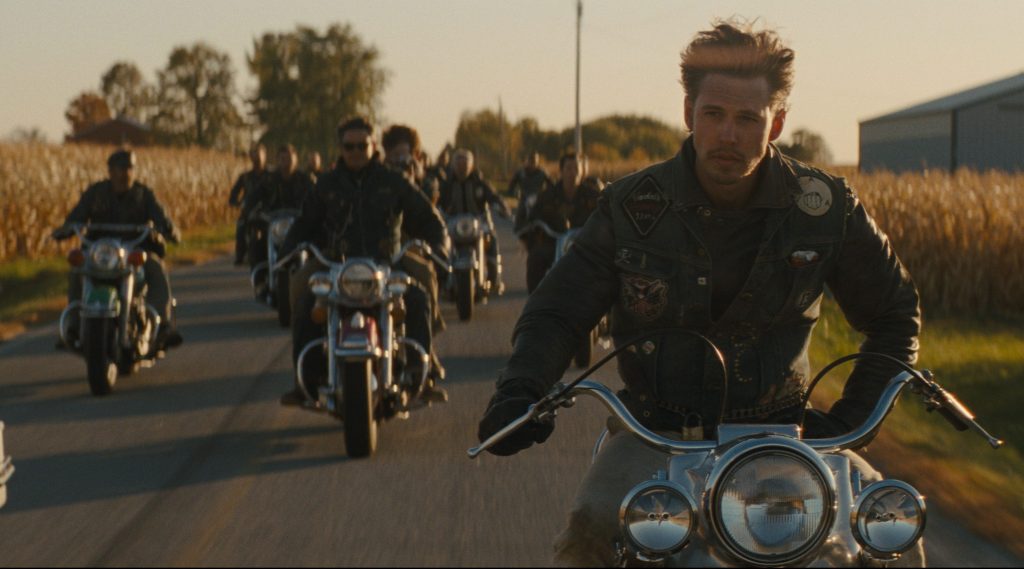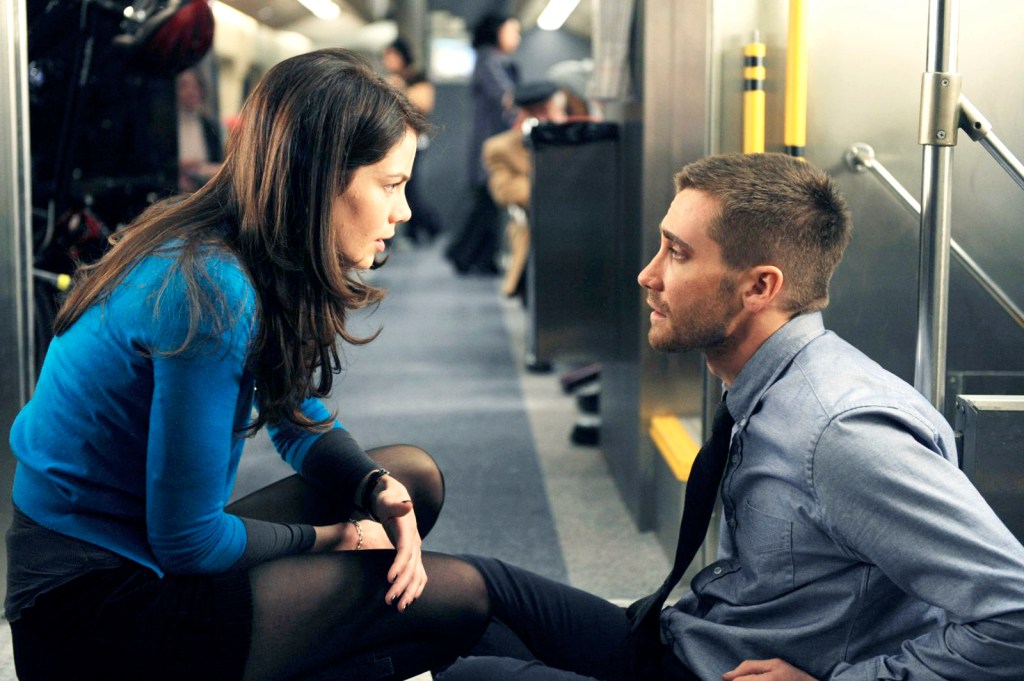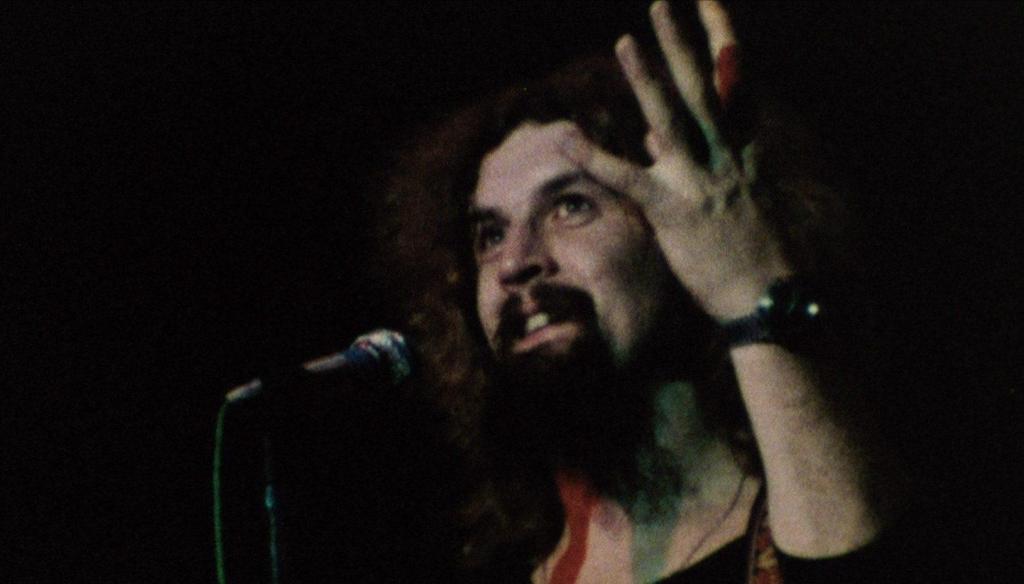
So close you can feel their fire…
It was the introduction of the Daleks that propelled Doctor Who into mainstream success in 1963. After somewhat disappointing ratings for the series opener, the TARDIS crew’s adventures on Skaro saw these numbers double over the seven week run of The Daleks. Their design was instantly iconic, their voices menacing, and it became clear that the BBC series would never be the same again. Thus, “Dalekmania” ensued, complete with toys, comics, annuals – and a feature film. Dr. Who and the Daleks is entirely a product of “Dalekmania”: a technicolour, techniscope big-screen outing that puts the malevolent Skarosians front-and-centre in a remake of Terry Nation‘s original serial.
An adaptation of the seven-part TV serial, Dr. Who and the Daleks follows human scientist Dr. Who (Peter Cushing), his granddaughters Susan (Roberta Tovey) and Barbara (Jennie Linden), and Barbara’s clumsy boyfriend Ian (Roy Castle) as they accidentally propel the doctor’s ship TARDIS to the distant planet of Skaro. Exploring the planet, the travellers encounter two native species: the Daleks, strange creatures in metallic shells hiding away in a futuristic city, and the ethereal humanoid Thals. After millennia of war, the Thals intend to broker a peace with their neighbours, while the Daleks intend to exterminate their enemies once and for all and claim the planet for themselves. Can Dr. Who, Susan, Barabara and Ian stop the Daleks before its too late…?
While Dr. Who and the Daleks may repeat familiar story beats from its TV counterpart, this feature film version is vastly different in a number of ways. For one, it’s about half the duration, with much higher production values and a greater emphasis on spectacle. If anything, it feels more like a Dalek comic-strip brought to the big screen, with bold colours and an upbeat, adventurous tone – a sharp contrast from the low-budget, horror-influenced black-and-white photography and Radiophonic ambience in the original serial. Perhaps Dr. Who and the Daleks is best looked at as a more “style over substance” approach: it lacks the mood, the scares and the complex character dynamics of the TV incarnation, but makes up for it with some eye-catching visuals and faster pacing.

Peter Cushing makes for an endearing Dr. Who – less abrasive than William Hartnell‘s contemporary portrayal, with the alien elements (many of which weren’t established until later on in the TV series) stripped away – and I love his on-screen relationship with Roberta Tovey‘s younger, more reckless interpretation of Susan. Roy Castle‘s slapstick antics will appeal to some, while Jennie Linden‘s Barbara barely exhibits any character across the feature; unsurprisingly, neither returned for the sequel, Daleks’ Invasion Earth 2150 A.D. The rather fabulous-looking Thals (complete with glossy wigs, low-cut tops and eyeliner) are all quite forgettable supporting players, with the starring roles arguably given to the Daleks themselves. David Graham and Peter Hawkins reprise their voice roles from the TV series (albeit curiously uncredited), adding some continuity between the two iterations, and the props look superb in colour. The whole film is very nicely photographed by John Wilcox, really taking advantage of the technicolour, techniscope format – looking unlike any other Who adventure.
Dr. Who and the Daleks makes for a fun adventure film for all the family, best enjoyed with a cup of tea and cake. It’s a curious product of its time: a Doctor Who story that drops most of the Doctor Who elements we’ve come to know and love (the TARDIS set and opening titles are wildly different) in favour of an emphasis on the Daleks and old-fashioned adventuring. I may prefer the more nuanced character dynamics and the rich atmosphere of the TV serial, but this feature film is still lots of fun and well worth watching if you haven’t already seen it.
The new 4K remaster from StudioCanal is an instant improvement over the previous Blu-ray release: the image is more detailed, while the new HDR (High Dynamic Range) colour grade is much more vibrant and colourful. The jungle scenes look much more dramatic and eerie, TARDIS is a much richer shade of blue and the Daleks – in all their different colours – pop off the screen brilliantly, making the 2013 Blu-ray release look quite flat in comparison. It is worth noting, however, that this isn’t a razor-sharp transfer: Daleks was shot on 2-perf 35mm film as part of the techniscope format, making it inherently less detailed, even with the new 4K scan. However, the picture has never looked better, and maintains a welcome “filmic” look throughout. There’s also a new audio mix courtesy of Mark Ayres (only previously available on a US edition) which, while an improvement, is restricted to a 2.0 mono mix on the disc, with no surround options available – a bit of a missed opportunity for this otherwise lavish remaster.

Special Features
Restoring Dr. Who in 4K provides an insight into the making of the new UHD presentation (although ironically the featurette appears to have only been presented in HD), while the only other new special feature is The Dalek Legacy: Destination Skaro – a retrospective on the film featuring Nicholas Briggs (Dalek voice actor), Robert Shearman (writer of Dalek), Mike Tucker (visual effects assistant), Emily Cook (Doctor Who Magazine writer) and Gavin Rymill (Dalek prop expert). It’s a nice extra, running at a tight 16 minutes; Briggs and Shearman delve into the fan response to the film, while Tucker discusses the technical aspects and Cook is rather bemused by the whole thing – “that is not Doctor Who” she says, upon watching the opening titles. All in all, a welcome addition to the set.
Also available on this release are two audio commentaries – one with actors Jennie Linden (Barbara) and Roberta Tovey (Susan), and a previously-unreleased one featuring critic Kim Newman, writer Robert Shearman, and actor/writer Mark Gatiss – as well as a Dalekmania documentary, Interview with Gareth Owen, the original trailer (remastered for the 2013 Blu-ray) and a stills gallery. Unfortunately, the brilliant new 4K trailers from StudioCanal are sadly absent.

Dr. Who and the Daleks and Daleks’ Invasion Earth 2150 A.D will receive preview screenings at the BFI Southbank on 19th June, along with a Q&A featuring Roberta Tovey, Jill Curzon, assistant director Anthony Waye and Jason Flemyng, son of director Gordon Flemyng. The films will then be released in cinemas as a double-bill from 10th July, with the 4K Blu-rays released on 20th June and 18th July. Two editions of each film are available: a collector’s edition featuring the 4K and Blu-ray discs, 42-page booklet with brand new essays, Exclusive 32-page Titan mini-book, collectable coin, 5 artcards and 2 posters (with new and original artwork); as well as two stunning new steelbooks, featuring both discs. Each release features new artwork by Johnny Dombrowski.



![Raging Bull 4K UHD review: Dir. Martin Scorsese [Criterion Collection]](https://criticalpopcorn.com/wp-content/uploads/2024/05/d4a8e62a-057d-4cfd-b37b-43f6a5032bb5.__cr00970600_pt0_sx970_v1___.jpg?w=970)




![The Cat And The Canary Blu-ray review: Dir. Paul Leni [Masters Of Cinema]](https://criticalpopcorn.com/wp-content/uploads/2024/04/image-5.png?w=1024)





Post your thoughts